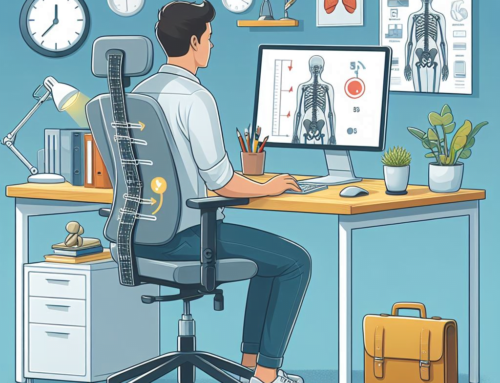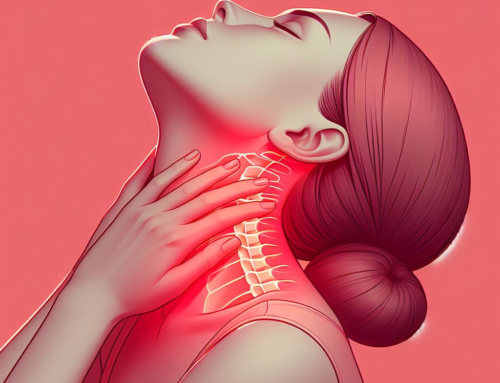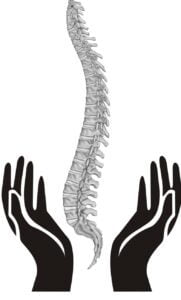Degenerative Disc Disease (DDD) is a common condition that affects the intervertebral discs in the spine, leading to pain, reduced flexibility, and potential complications. This comprehensive guide aims to provide insights into the causes of Degenerative Disc Disease, the symptoms associated with it, and effective strategies for managing and slowing its progression to promote a healthy spine.
Understanding Degenerative Disc Disease
What is Degenerative Disc Disease?
Contrary to its name, Degenerative Disc Disease is not a disease but a natural part of the aging process. It involves the gradual wear and tear of the intervertebral discs—cushion-like structures that provide flexibility and absorb shock between the vertebrae.
Causes of Degenerative Disc Disease
- Age-Related Changes: The most common cause of DDD is the natural aging process. As individuals get older, the discs lose water content, reducing their ability to cushion the spine.
- Genetic Factors: Some people may be genetically predisposed to early disc degeneration.
- Spinal Wear and Tear: Repetitive movements, heavy lifting, or activities that strain the spine can contribute to disc degeneration.
- Smoking: Tobacco use has been linked to accelerated disc degeneration.
Identifying Symptoms of Degenerative Disc Disease
Back Pain
The hallmark symptom of DDD is chronic back pain, which may vary in intensity and may be aggravated by certain movements or activities.
Radiating Pain
Pain may radiate to the buttocks, thighs, or hips, depending on the location of the affected disc.
Numbness and Tingling
Nerve compression due to degenerated discs can lead to numbness and tingling sensations in the legs.
Weakness
Muscle weakness, particularly in the legs, may occur in advanced cases of DDD.
Worsening Pain with Activity
Symptoms often worsen with activities that involve bending, lifting, or prolonged sitting or standing.
Diagnosis and Medical Evaluation
Physical Examination
Medical professionals typically conduct a thorough physical examination, assessing the range of motion, reflexes, and any signs of neurological issues.
Imaging Tests
Imaging tests such as X-rays, MRI, or CT scans may be used to visualize the extent of disc degeneration and rule out other potential causes of symptoms.
Managing and Slowing the Progression of DDD
Non-Surgical Treatment Options
- Pain Medications: Over-the-counter or prescription medications can help manage pain and inflammation.
- Physical Therapy: Targeted exercises can strengthen the muscles supporting the spine and improve flexibility.
- Lifestyle Modifications: Adopting good posture, maintaining a healthy weight, and avoiding activities that strain the spine can slow the progression of DDD.
- Activity Modification: Adjusting activities to minimize impact on the spine, such as using proper lifting techniques, can be beneficial.
Surgical Interventions
In severe cases where conservative treatments fail, surgical options such as spinal fusion or artificial disc replacement may be considered to stabilize the spine.
Preventive Measures for a Healthy Spine
Regular Exercise
Engaging in regular, low-impact exercises can promote spine health by strengthening muscles and improving flexibility.
Ergonomic Practices
Maintaining proper ergonomics at work and home, including using supportive chairs and avoiding prolonged sitting or standing, can contribute to a healthy spine.
Smoking Cessation
Quitting smoking can slow the progression of DDD, as tobacco use has been linked to accelerated disc degeneration.
Conclusion: Nurturing Spine Health
While Degenerative Disc Disease is a natural part of aging, proactive measures can be taken to manage symptoms and slow its progression. Adopting a healthy lifestyle, seeking prompt medical attention, and incorporating preventive strategies are crucial steps in nurturing spine health. By understanding DDD and implementing effective management techniques, individuals can promote a healthy and resilient spine throughout their lives.








Get Social